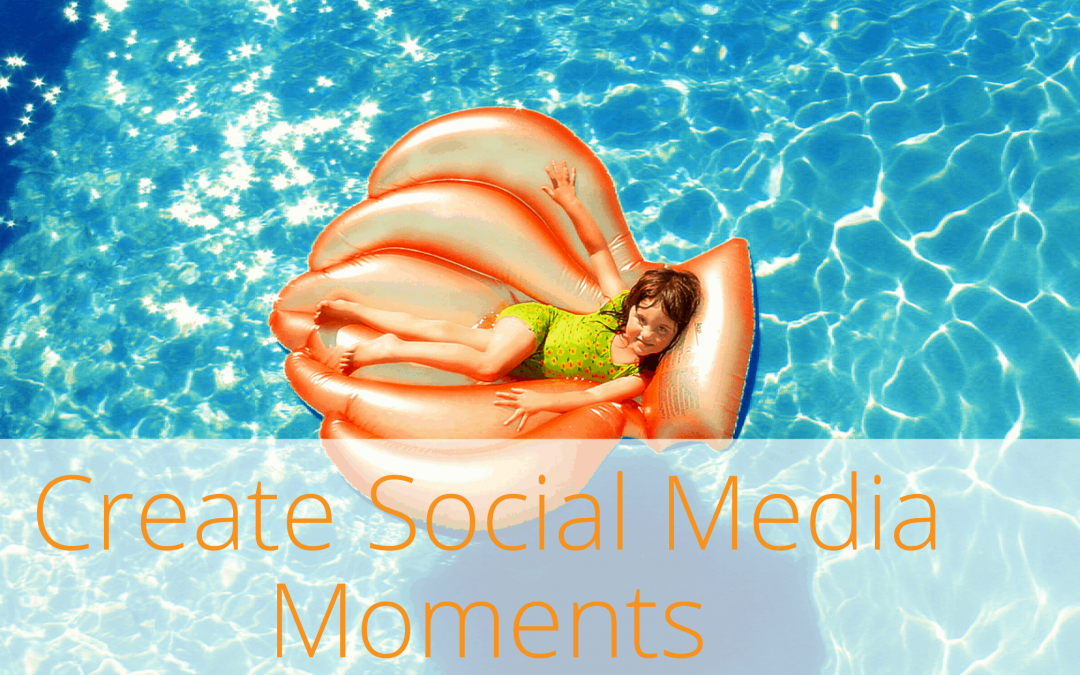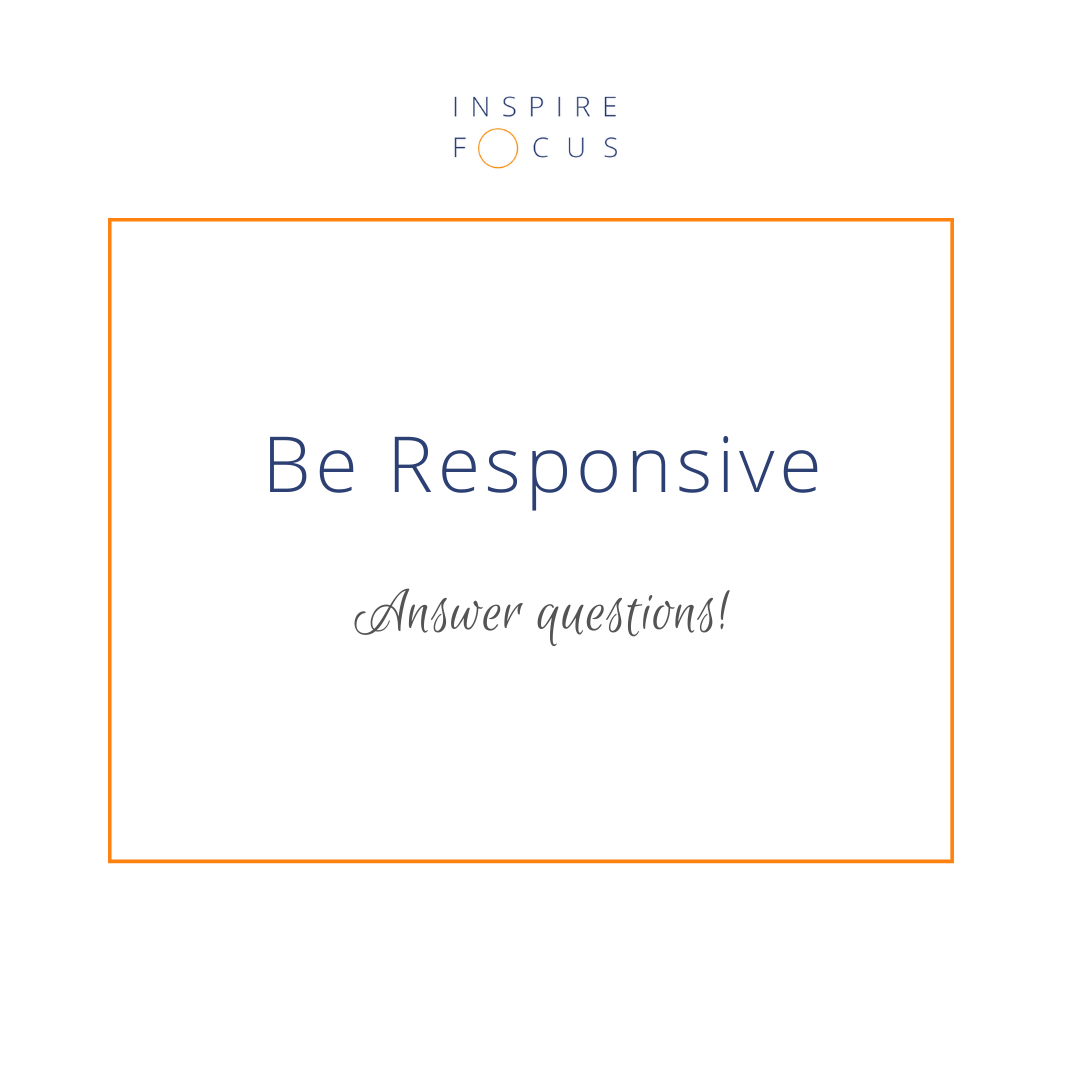
5 Social Media Tips for Hotels, Restaurants & Activities

Social Media is an instrumental part of developing tourism. According to the WTTC, in 2018 travel and tourism grew 3.9 percent, above global GDP growth of 3.2 percent and contributing a record $8.8 trillion and 319 million jobs to the world economy. Over the next decade, tourism will create over 100 million travel related jobs.
Social and mobile are profoundly influencing the decisions of the modern luxury traveler. According to Social Report, over 160 million Instagram posts contain the #travel hashtag, and nearly a million people have searched for travel related topics on the social platforms.
Social Media influences travellers at the beginning of the travel journey, when they are looking for inspiration and have not yet decided where they are going. Social Media can help to create that alluring image of a destination or an experience that inspire travelers to do further research on booking. 75% of first travel searches do not include a destination. Social Media reaches travelers before starting their search on Google.
So what are some of things that hotels, restaurants, actives and other tourism related businesses can do to up their social media and convert travellers to their destination and their business?
Create Social Media Moments
Yes, buy that extra large pool toy, add some fabulous chairs, unique glasses or excellent presentation of your food! Let your guests take pictures of it and post them to their social media. Maybe they’ll #hashtag you, maybe they won’t, but it will great either way.
Social media is where the digital meets the physical, where physical elements in your property turn into photos that celebrate your unique experience and what your guests or customers love about you.
So help your guests to create moments memorable enough that they will want to record and share it with their friends and family. Create opportunities in your business that they will want to share.


Communicate Those Extra Touches
Extra touches can lead to great reviews.
Whether it’s the great presentation of a drink or plate, a unique design touch to your hotel room or restaurant, extra touches get to better reviews.
And that’s good for you. But be proactive and communicate those extra touches in your social media to your audience that hasn’t as yet converted to a client.
Or even better, post a review that mentions your extra touches, giving it that extra credibility. 92% of consumers trust recommendations from people they know, and 70% trust online consumer opinions.
Share User Generated Content on Your Feed
A great way to add credibility to your social posts is to share content posted by your audience to your social feed. The fact that this content was not generated by you, gives it that extra credibility that really sways your audience.
Consumers are 2.4x more likely to view user generated content to content generated by brands, and 80% of people say that UCG has a high impact on their purchasing decision.
And your audience is excited to share, just ask! 60% of consumers they say share UCG to get more likes or to be featured by a major brand.


Build A Community
Brands that build community have staying power – Ryan Deiss, Digital Marketer.
Don’t just build a page about a restaurant, build a community of food lovers. Don’t just talk about your hotel, build a community of beach lover, adventure lovers or whatever your audience loves most. Brands that build community build a relationship with their audience that is difficult for competitors to copy. Give it a try, and join my Facebook page to give your comments on whether this works for you. This is also the secret to lower organic reach and higher advertising cost.
By truly building a community, you grow a sticky audience that shares your content organically.
Be Responsive – Answer Questions
One of the best ways to build rapport with your audience, is to answer questions. Even if you find yourself answering the same question again and again to different people, you are building a relationship with them and helping them with they need information.
Some of this can be automated, by building Chatbots into your Social Media Strategy, but chatbots will only bring your so far. Chatbots are most effective when they assist in answering simple questions and referring more complex question to a human operator.
In addition to answering questions, encourage conversations on your feed by responding to comments with a positive and friendly tone. This keeps the conversation going and encourages your audience to respond in turn.


When planning your social media content, you want to think about what makes your business unique and what makes your customers love you – Danielle Stoffels, Strategic Partner at Google.
However, when planning your business and investment, you should consider what will help you on social media to communicate this.

About The Author:
Cherryl Lambooy is the Founder of Inspire | Focus, a Marketing Consultancy that helps businesses to build inspired brands and focused campaigns. She has spoken on Social Media for the Travel Industry at SMART 2019 in St. Maarten, and SMILE 2019.


Recent Comments